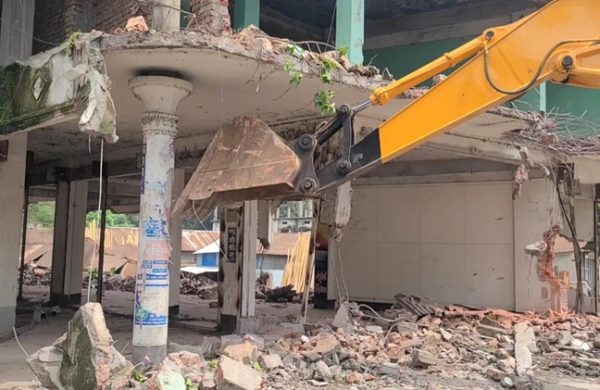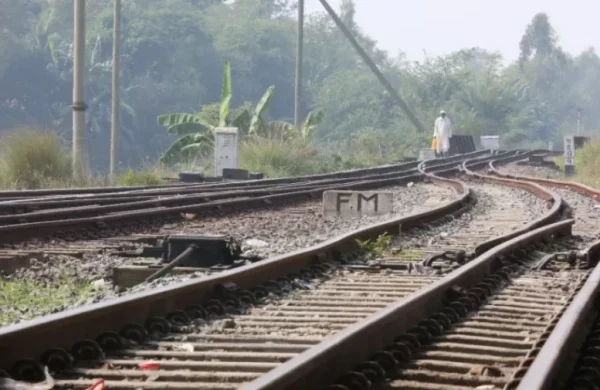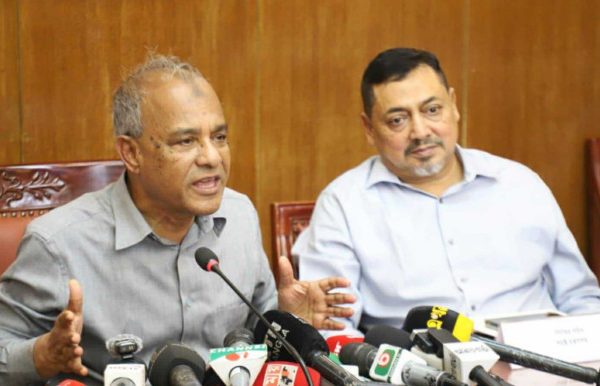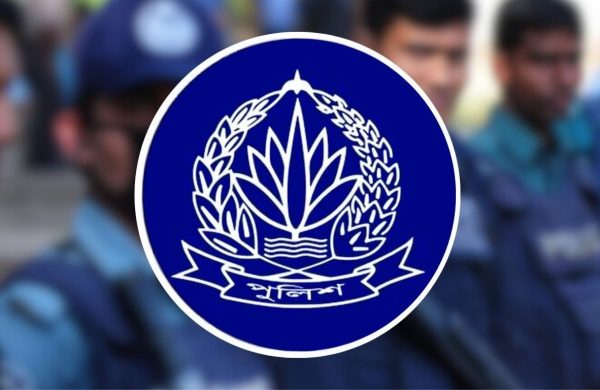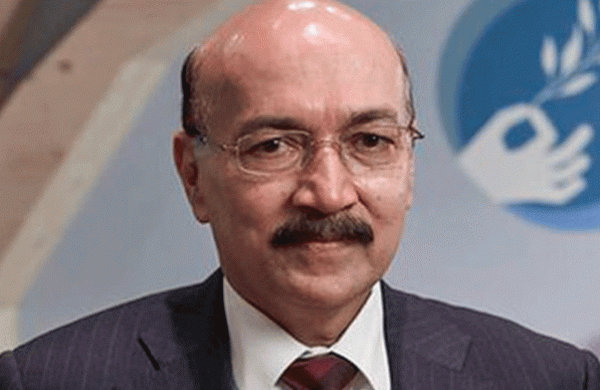20 non-banks on BB red list
- Update Time : Monday, July 14, 2025

TDS Desk:
Twenty non-bank financial institutions (NBFIs) have been placed in the “red” category by the central bank, as their loan exposures exceed three times the value of the collateral they hold.
Although there is no rule of thumb on how much collateral must be secured against a loan, Bangladesh Bank (BB) officials said most lenders usually require security equal to or greater than the loan amount to protect against default risk.
But in the case of these 20 NBFIs, the collateral backing their loans stood at only 26.73 percent. As of December last year, they disbursed Tk 25,808 crore in loans against collateral worth Tk 6,899 crore, according to the BB report.
This low security coverage has left the institutions seeing more than 83 percent of their total lending being classified as non-performing.
This ultimately has strained their liquidity and raised questions over whether depositors will get their money back on time.
As of December 2024, the institutions combinedly held Tk 22,127 crore in deposits, Tk 5,760 crore from individuals and Tk 16,367 crore from institutions.
Over the past few years, frustrated depositors have regularly taken to the streets demanding the return of their funds. Many analysts see the crisis in NBFIs as a by-product of broader instability in the banking sector. But the banking troubles have often overshadowed the problems facing NBFIs.
While the central bank is now considering a merger for troubled NBFIs, the plan is in its early stages, and there is no specific timeline for it.
The 20 troubled institutions are: CVC Finance, Bay Leasing, Islamic Finance, Meridian Finance, GSP Finance, Hajj Finance, National Finance, Industrial and Infrastructure Development Finance Company Limited (IIDFC), Premier Leasing, Prime Finance, Uttara Finance, Aviva Finance, Phoenix Finance, People’s Leasing, First Finance, Union Capital, International Leasing, Bangladesh Industrial Finance Company Limited (BIFC), Fareast Finance and FAS Finance.
According to the BB report, many of the NBFI loans were disbursed without proper assessment and were backed by collateral reported solely by the institutions, without independent verification.
“Most of the collateral data is self-reported by the NBFIs and requires verification by an independent chartered accountancy firm,” the BB report.
Among the worst affected is Bangladesh Industrial Finance Company (BIFC), which holds just Tk 22 crore in collateral against Tk 766 crore in loans. Fareast Finance has Tk 125 crore in collateral for Tk 888 crore in loans, while Peoples Leasing has Tk 87 crore against Tk 1,121 crore. IIDFC and Union Capital have collateral coverage of 20 percent and 15 percent, respectively.
High non-performing loans (NPLs) at the NBFIs reflect the poor collateral coverage. The NPL burden at the 20 NBFIs stood at Tk 21,462 crore, which is 83.16 percent of their loan portfolios.
Some firms, such as FAS Finance, Fareast Finance, BIFC, International Leasing, Union Capital, First Finance and Peoples Leasing have default rates more than 90 percent.
The BB has served show-cause notices on the 20 NBFIs, asking why their licences should not be revoked.
ANM Golam Shabbir, managing director and acting CEO of Union Capital, said the company recently submitted a recovery plan to the central bank after identifying a mismatch between assets and liabilities.
“We are in trouble as some of our investments got stuck due to defaults by well-known businesspeople.”
Shabbir blamed the liquidation decision of People’s Leasing in 2019 for triggering a wider loss of confidence. “That is when investor and depositor trust collapsed. We received encashment requests for over 90 percent of our deposits. Since then, we have not received a single taka from banks.”
He said Union Capital has been relying on instalment recoveries to repay clients. “We are not getting fresh deposits. Our entire operation now depends on what we can recover from past investments.”
Admitting that the institution lacks full collateral coverage, he added, “Leasing companies once had a niche in lease financing. But now banks have entered that space with lower costs of funds. We had to borrow from banks to lend, which made it hard to compete.”
Shah Md Ahsan Habib, professor at the Bangladesh Institute of Bank Management (BIBM), said most NBFIs failed to assess the repayment ability of the borrowers, which should have been their primary consideration.
“They ignored the importance of primary security. Collateral is only secondary,” he said.
Habib added that NBFIs were set up to provide long-term finance, but most have failed in that mission. “We need a strong NBFI sector going forward. But the reality is that most of them are not performing well.”
He called for urgent support to save the sector, including reforms in the bond and securities markets.
BB Governor Ahsan H Mansur said that the central bank had assessed the situation and found that at least 15 NBFIs are no longer functioning.
“They have no capacity to run. Their NPLs may be as high as 80 percent or even 100 percent,” he said. “We are now moving towards a resolution, whether through liquidation or merger, something must be done.”
He said around Tk 9,000 crore would be needed to carry out such a resolution.
In the assessment, the BB marked 15 other NBFIs as relatively healthy. As of last year, they disbursed Tk 49,643 crore in loans, with only 7.31 percent classified as non-performing.
Their collateral coverage stood at nearly 59 percent, still below the ideal benchmark but better than their distressed peers.
Kanti Kumar Saha, vice-chairman of the Bangladesh Leasing and Finance Companies Association and CEO of Alliance Finance PLC, said they were dismayed to learn through the media that show-cause notices had been sent to the 20 NBFIs.
“That letter had a further negative impact on the sector,” he said. “The Bangladesh Bank could have simply asked these firms to submit recovery plans.”
He commented that although there had been ongoing discussions between the association and the central bank over the past five years, no meaningful steps were taken.
“Banks have been given generous liquidity support, and now there is a plan to merge weak banks and provide them with fresh capital, which is a positive move. Why not do the same for NBFIs?”
Saha argued that the problems of NBFIs are smaller in scale and could be resolved with small financial backing and intervention.
“These institutions are unable to return money to depositors. They need liquidity and support. We have been raising this alarm for the last three to four years. If action had been taken earlier, much of the current damage could have been prevented,” he added.


